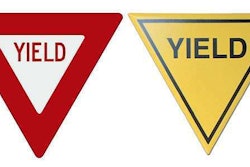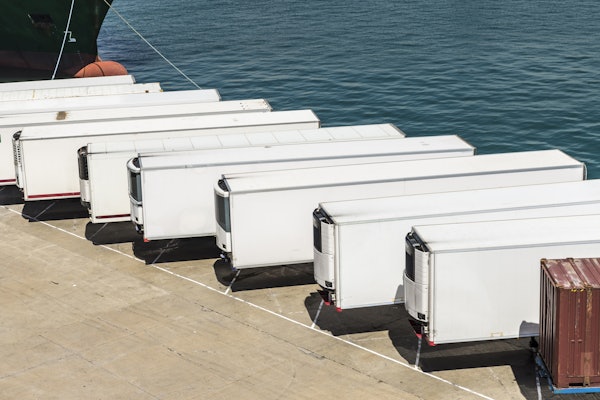Below are tips from Haldex’s new Tech Tip series on brake system disassembly.
- Check the pushrod stroke per CVSA checking procedures at 90 to 100 psi reservoir pressure. Excessively long or short stroke can alert to problems that need to be addressed during rebuild. Reference Haldex ABA Stroke Adjustment Instructions (L55054) and Haldex ABA Service Manual (L30033) for list of potential problems.
- Before pulling the wheels, check each for end play and oil seal leakage. This may indicate seal problems or bearing/cup wear and/or adjustment.
- Inspect all shoes for even wear. If all brakes are not worn evenly, there may be failed or misadjusted components that will need to be corrected before assembly.
- Inspect lining surface for heat checking. If present, this indicates excessive heat due to all wheels not braking evenly, incorrect lining being used for the application, overloading or a combination of these.
- Check lining wear across each shoe. An uneven pattern or excessive grooves can indicate the drums need replacing. An uneven pattern can also indicate bent spiders or bellmouth drums, or weak shoe return springs.
- Inspect lining surface for grease or oil. Never reuse grease or oil soaked brake shoe. Grease or oil on the friction material will cause the lining to glaze and not do its share of the braking. Never do a one wheel brake job.
- Inspect drum surface for even wear, glazing and/or heat checking. Heat checks, cracks and blue spots are indicators of excessive heat (hairline heat checks not over 1-inch are normal). Never reuse a drum if: wear is over .080 or several heat checks are aligned across the braking surface or hard spots exist.
- Check s-cam for wear at the inner and outer bushing surfaces, s-cam head and spline areas. Worn s-cam or worn s-cam bushings will contribute to longer than normal pushrod stroke.
- Check brake adjusters for proper settings and operation. Check clevis pins and anchor brackets for wear. Never mix automatic brake adjusters with manual brake adjusters, or use different makes of automatic brake adjusters on the same axle. Never operate automatic brake adjusters with worn components.
- Check the wear difference between the front and rear axle shoes (if relining a truck or trailer). If the wear is not equal, this can indicate an air timing imbalance or different rated friction materials. Check for inconsistent use of elbows in air lines (90° elbow is equal to 7 feet of extra hose).
- Inspect spiders. Pay special attention to the anchor pin-hole area and for squareness and s-cam bushing bore, and to anchor surfaces that are not replaceable.
For Haldex’s tips on reassembly, please CLICK HERE.
(Editor’s note: This article has been updated this article to remove chamber from the headline above, which was inadvertently added by Truck Parts & Service. These maintenance instructions are for entire brake system service.)









